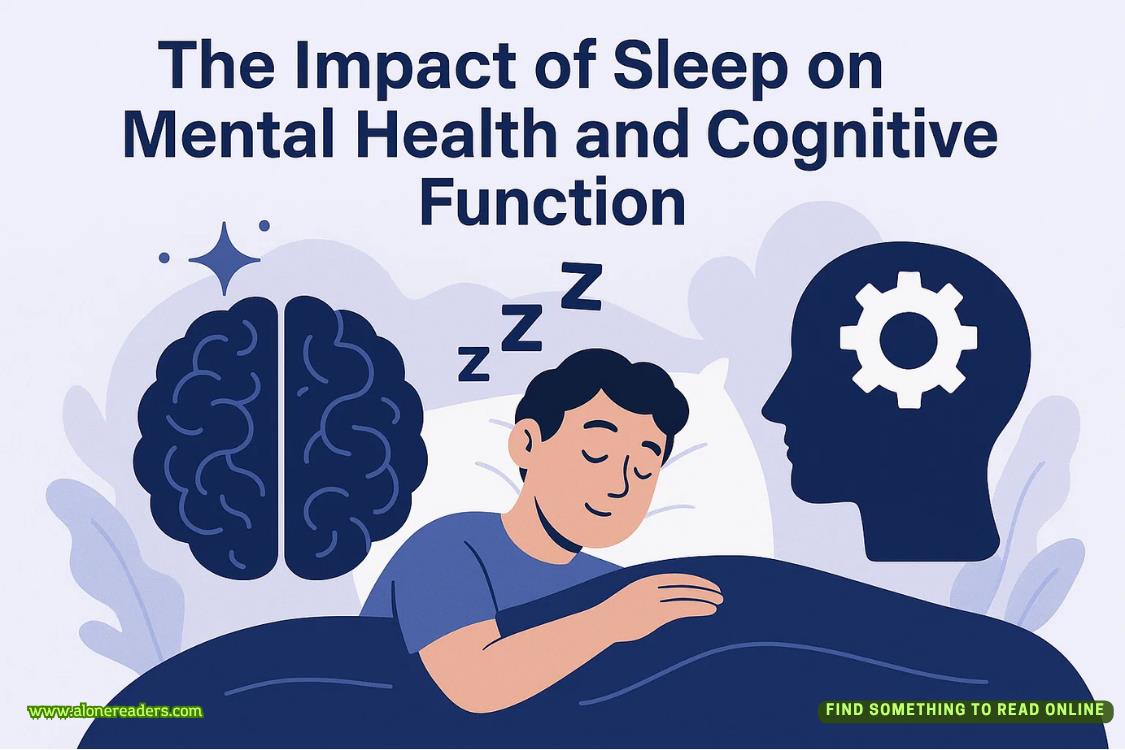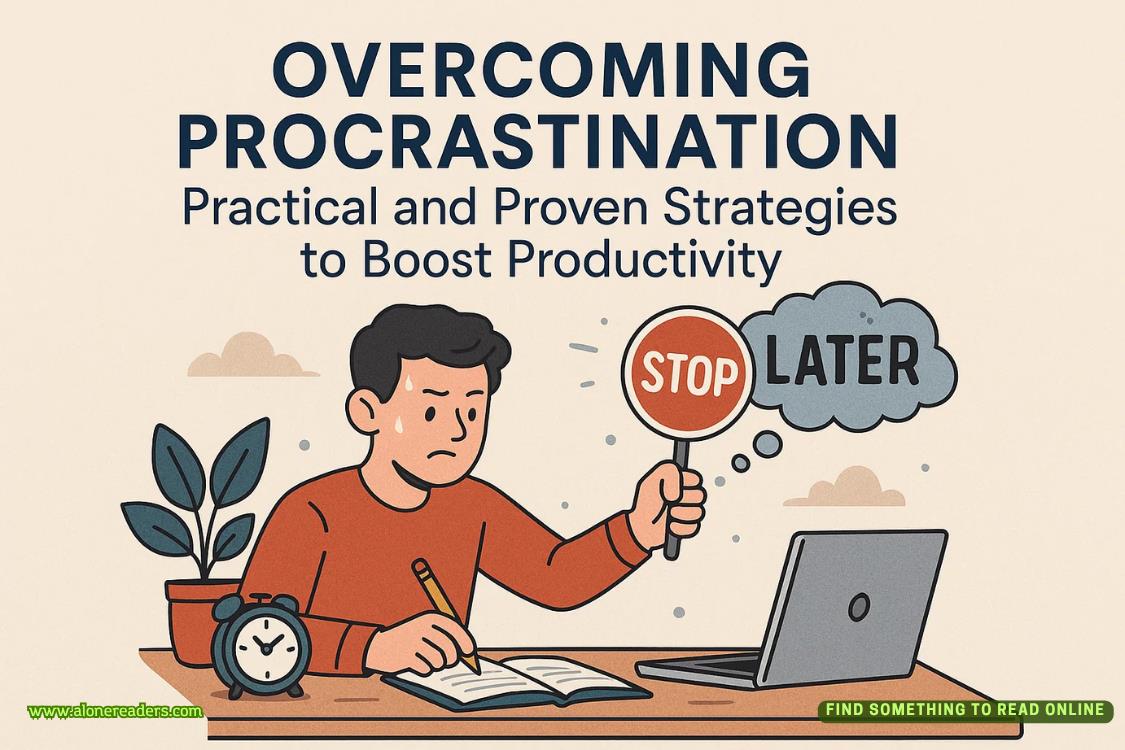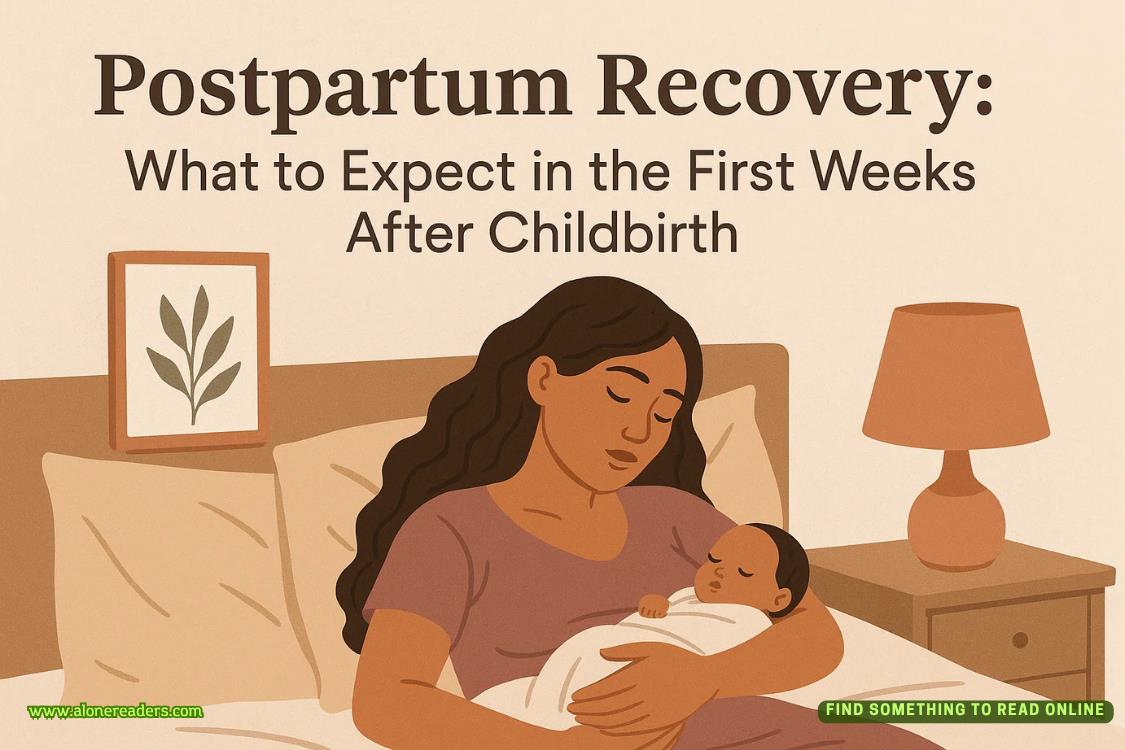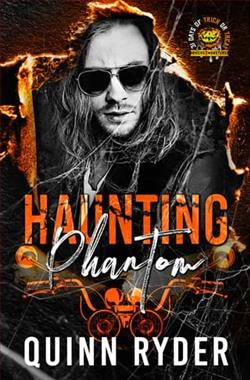Page 13 of Silent Ridge
After my ordeal with Alex Rader, I began seeing a therapist. Dr. Karen Albright. The tapes of our sessions might hold a clue to Monique’s murder. I take the box of tapes and the tape player out of the bottom desk drawer. I’ve given up storing them in the top of the closet.
I select a tape, slot it and think back to how I ended up with these tapes of my sessions with Dr. Albright, my therapist. I recollect how Dr. Albright’s blue eyes scared me at first. Almost otherworldly. How her office smelled of microwave popcorn. How much I grew to trust her. I was eighteen when I first saw her. Defensive. Closed off like a street barricade. I had never let anyone inside, but I was smart enough to know that everything inside of me—from my experiences to my bloodline—had to be exorcised somehow. I’d been traumatized, and while I couldn’t see it in the mirror, others did. Night terrors are traumatic and uniquely embarrassing. You don’t know if anyone hears your screams.
Dr. Albright had said, “You’ll want these someday.”
I refused them at first and told her, “I can’t see that happening.”
Albright had smiled. “Trust me, you will. The day will come when listening to the tapes will make you even stronger.” She put her arms around me. We both cried. We held each other for a long time. I knew it wasn’t goodbye forever, but it was the end of therapy that had spanned a year and a half. At that time I was graduating from the university with a degree in criminology and had enrolled in the police academy in suburban Seattle.
I draw a breath, take a sip, and hit the “play” button.
Dr. Albright’s familiar and soothing voice comes out of the tiny speaker. I’m immediately back in the days when my life was rewritten, when I was on the run, looking for my mother and the murderer who was my birth father. Karen Albright is digging very carefully into that past.
Fittingly, Monique Delmont is the subject.
Dr. A: What did you talk to Mrs. Delmont about?
Me: I talked about the article I’m supposedly writing. Then I asked about the specifics of the murder of her daughter, Leanne. Apart from her reference to Leanne and her father on a sailboat, she didn’t mention a husband. Not once in our time together. I don’t know if they’re divorced or if he’s dead. I didn’t ask. I didn’t think I could take more of the hurt the parents of dead children live with.
Dr. A: What did she tell you about Leanne?
Me: She said those were really hard times for her. She was embarrassed about some of Leanne’s choices and didn’t want the world to think she was a bad mother. She had portrayed her daughter as a selfish, indulgent girl who didn’t follow any rules whatsoever. She said Leanne was a wild girl from a privileged background and never thought of anyone but herself. Now she’s revolted by her characterization of her daughter.
I stop the tape. Leanne’s murder was attributed to Arnold Cantu, a serial killer. But I know the real killer was my psycho dad, Alex. Monique and her husband had, at first, resisted the idea that Cantu had killed Leanne because all of his victims were college students, older than Leanne. But there had been a period of time that Leanne had run away from home and stayed at a house not far from the University of Washington campus in Seattle. In other words, in Cantu’s hunting grounds. I turn the tape player back on.
Dr. A: Did Monique ever admit she could have been wrong?
Me: Yes. She finally accepted that Leanne was one of Cantu’s victims.
Dr. A: That must have been hard.
Dr. A: How did that make you feel?
Me: I felt angry and hurt and I wanted to take her pain away but I didn’t know how.
I shut the tape player off again. I thought about my own mother. Did she see me as a bad girl? A wild girl? Did she even think about me? I remember the picture Monique had of Leanne. The one where she was sitting on a massive driftwood log at Point Defiance Park. Leanne was looking over her shoulder at the camera with a wary and somewhat shy expression. I’d found an identical picture on the wall in Alex Rader’s home office, along with other pictures of the ravaged dead body of Leanne. Those were some of the photos I’d left in Monique’s safekeeping, to be turned over to the authorities. Those were the photos that Michael Rader now had.
I’ve finished almost half a bottle of Scotch. I put the tapes and player away. I take the gun and put it on the nightstand by the bed. I hope I can sleep.
Before I drift off into a slightly drunken slumber, I text Ronnie to meet me early tomorrow.
Twelve
The office is quiet as I wait for Ronnie. She should be here any minute. I’ve been here since 5:00 this morning. I take another look at the file on Monique’s homicide.
Her photo stares at me. She was a beautiful woman. Her kindness showed in the DOL photo even with their effort to make you look lifeless.
The second page blows me away.
Monique has a police record. Among the usual traffic citations—ignoring red lights, ignoring traffic signs, ignoring traffic officers—were two misdemeanor charges for trespassing and disorderly conduct. This is a woman who wouldn’t say poop if she had a mouthful. At least, she wouldn’t have back when I knew her.
But did I really know her? I didn’t take the time. I used her to get information. I used her for her connections to get me accepted into college. I used her money to keep going while I was searching for my missing mother.
I never had a reason to check for a police record. My own record, if I were ever caught, would be off the charts compared to hers. I have killed. Outright. Without regret.
The next pages are police reports for the trespassing and disorderly conduct charges. None of these had gone to court. Charges were dropped. I wouldn’t expect any less. Monique had friends in high places. She’d somehow managed to get me into college without me having graduated from high school. Someone had doctored my records for her and I enrolled under an assumed name, complete with fake IDs and a diploma.
One trespassing charge is a little more serious than the other. She broke into an apartment and was caught inside. The apartment belonged to a recent parolee, a man who had abducted and raped a twelve-year-old girl. The report didn’t say what she was looking for. Probably evidence of other crimes.















